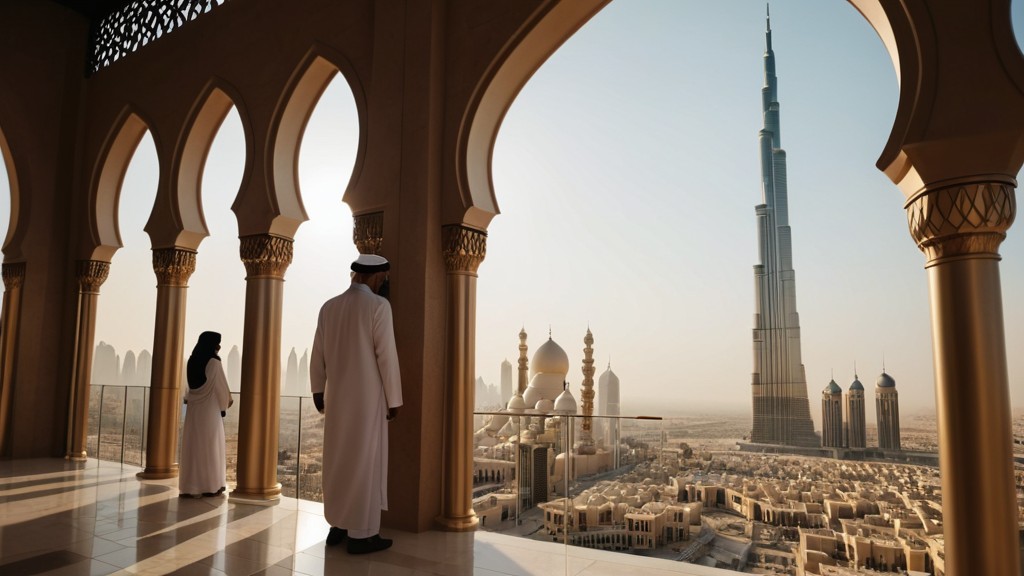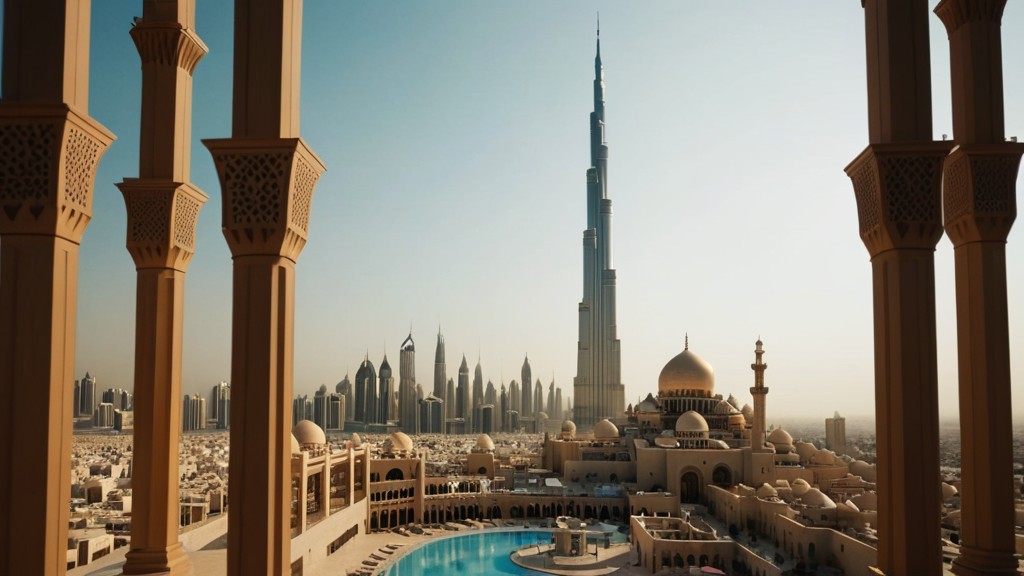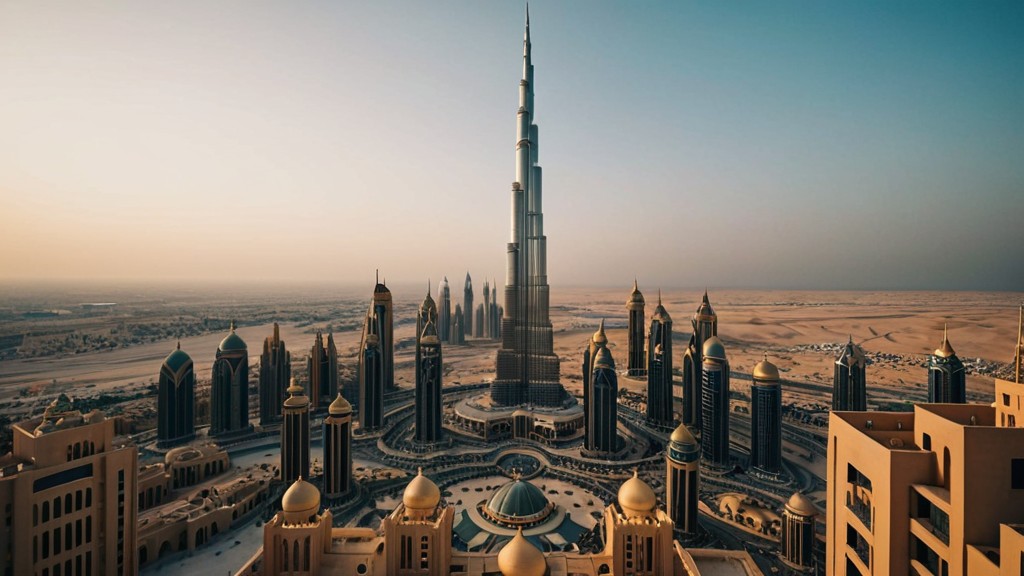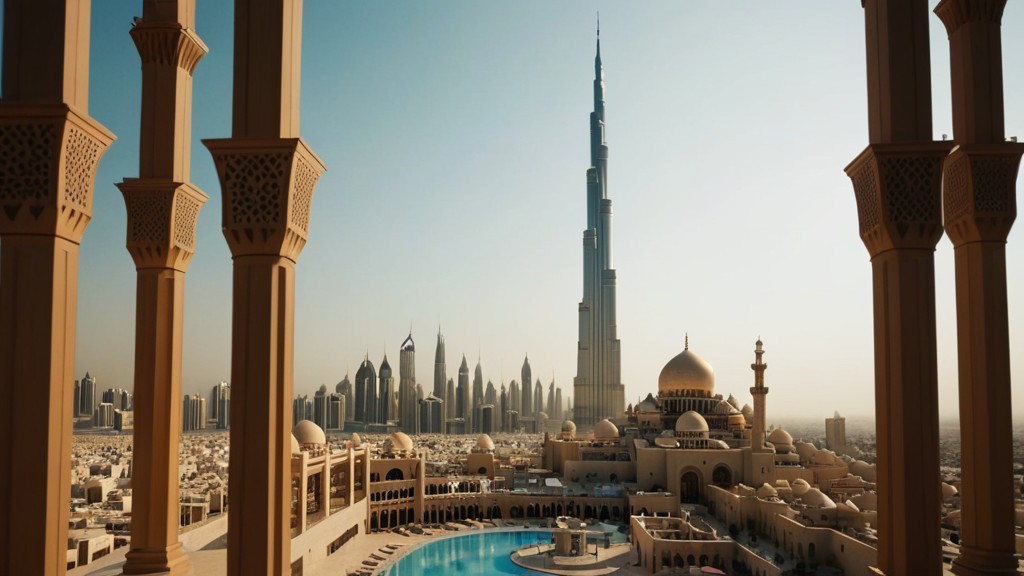Arabian Architecture

When we think of Arabian architecture, we often envision the stunning mosques adorned with intricate geometric patterns, towering minarets, and the warm, earthy hues of traditional mudbrick homes. This rich architectural heritage, steeped in history and culture, contrasts sharply with the modern skyscrapers that now punctuate the region's skyline, such as the Burj Khalifa in Dubai. This article explores the evolution of Arabian architecture, comparing the elegance of traditional structures with the bold innovative designs of contemporary buildings, ultimately reflecting the dynamic nature of the region’s cultural identity.
Traditional Arabian Architecture
Traditional Arabian architecture is characterized by its use of local materials, adaptation to climate, and cultural symbolism. Mudbrick homes, often found in regions like Yemen and the United Arab Emirates, exemplify this style. Constructed from mud and straw, these homes are remarkably resilient against the harsh desert environment. The thick walls provide insulation from the extreme heat, while the small windows allow for minimal daylight, keeping interiors cool during the day.
One of the most iconic examples of traditional Arabian architecture is the mosque. Mosques are not only places of worship but also serve as community centers. The Great Mosque of Sana'a in Yemen, known for its imposing minarets and intricate carvings, reflects the spiritual and communal significance of these structures. The use of arches, domes, and intricate tile work showcases a blend of artistic expression and architectural genius.
The layout of traditional Arabian cities often centers around these mosques, with narrow winding streets designed to mitigate the desert heat. This urban planning reflects a deep-seated understanding of social interactions and climate, where communal spaces foster a sense of belonging.

Modern Architectural Marvels
In stark contrast to the simplicity and sustainability of traditional architecture stands the Burj Khalifa in Dubai, currently the tallest building in the world. Standing at a staggering 828 meters, this modern marvel represents the pinnacle of engineering and design. Completed in 2010, the project was not only about height but also about creating a multi-use space that includes residential, commercial, and leisure facilities.
Designed by the renowned architect Adrian Smith, the Burj Khalifa incorporates Islamic architectural elements, such as the Y-shaped floor plan and the spiraling patterns reminiscent of minaret designs. However, it also pushes the boundaries of modern architecture by utilizing cutting-edge technologies and materials, such as reinforced concrete and high-performance glass. This juxtaposition of Islamic motifs with modern design philosophies underscores the seamless blend of tradition and innovation that characterizes modern Arabian architecture.
The Contrast: Traditional vs. Modern
Comparing traditional and modern Arabian architecture reveals a fascinating dialogue between the past and present. Traditional architecture emphasizes sustainability and an intimate connection with the environment. Built from local materials and designed to harmonize with the climatic conditions, these structures reflect a profound understanding of their surroundings.
On the other hand, modern architecture often prioritizes aesthetic appeal and technological advancement. Buildings like the Burj Khalifa symbolize a break from historical constraints, showcasing what is possible through contemporary engineering. Yet, they can sometimes come at the cost of the local character and cultural context, raising questions about the role of heritage in a rapidly globalizing world.
For instance, while vibrant souks and traditional markets are often overshadowed by sprawling shopping malls in modern cities, initiatives are underway to preserve and integrate components of traditional architecture into contemporary designs. Projects like the Qatar Museums Authority, which aim to showcase and celebrate local artistry while incorporating modern design elements, provide a hopeful link between the architectural past and future.
The Cultural Essence
Arabian architecture, whether traditional or modern, encapsulates the evolving identity of the region. While skyscrapers like the Burj Khalifa signify progress and economic prosperity, traditional structures remind us of the rich cultural heritage that shaped the region’s identity.
This fusion is also visible in the rise of eco-friendly buildings across the Arabian Peninsula, which incorporate traditional designs into modern sustainability practices. For example, the King Abdulaziz Center for World Culture in Saudi Arabia incorporates traditional Arabian elements into its design while adopting sustainable technologies, proving that harmony between tradition and modernity is possible.
Conclusion
As we traverse the landscape of Arabian architecture, we see more than just buildings; we witness the chronicle of a civilization. From the humble, earthen walls of mudbrick homes to the soaring heights of the Burj Khalifa, each structure tells a story of its time. The architectural journey reflects the region's adaptability, resilience, and forward-thinking ethos, highlighting that while the forms may change, the essence of Arabian culture remains vibrant and enduring.
In navigating this journey between the past and present, we are reminded that architecture is not merely about construction; it is about crafting spaces that resonate with the soul of a community. Whether steeped in tradition or embracing modernity, Arabian architecture continues to evolve, offering a glimpse into the heart of a civilization that proudly honors its history while looking toward the future.


7 thoughts on “A Journey Through Arabian Architecture: Past and Present”